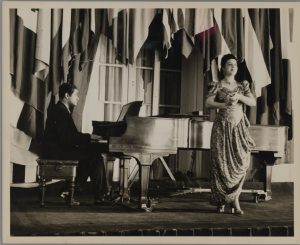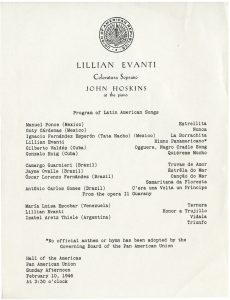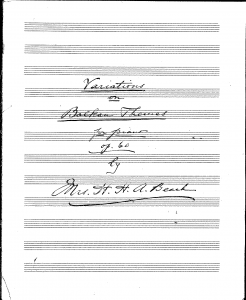Ruth Crawford Seeger (1901-1953) was an American Musicologist and a pioneer of Women Composers in America.1 Her compositions shaped the track of American musical identity with atonal avant-garde American music.
Her music was written with a particular kind of dissonance that used open 5ths in parallel. Scholars say that this is influence taken from composers like Béla Bartok and Igor Stravinsky. 3 Her interest in ultramodernist music and serialism 2 come across clearly in the clip above of String Quartet (1931), which is described as the masterpiece and peak of her career as a composer. 1
In 1930, Ruth Crawford Seeger was the first woman to win a Guggenheim Fellowship in composition and travels to Europe to complete that work. 1 When she arrives back in the U.S. in 1931 her life changes. When Ruth Seeger returned from Europe she faced hardship that came from the Great Depression and the stock market crash. Below are headlines were collected by Matilda Gaume and listed in the book, Ruth Crawford Seeger: memoirs, memories, music by Matilda Gaume4:
“Julliard benefit for Unemployed Musicians” (January 17, 1931),
“London Orchestra in Trouble” (April 2, 1932),
“Metropolitan Opera Prospects Uncertain for 1932-33” (April 2, 1932),
“Economy the Watchword in Vienna” (April 11, 1931),
“Bush Conceervatory in Bankruptcy” (August 27, 1932). 4
Due to the position that America is in when she comes back, she is unable to compose. She gets married to Charles Seeger, and becomes a mother.3 She writes about feeling fulfilled by her family life, but also feeling too guilty to make any time for composing.3 Her family falls into poverty in the great depression, until Charles Seeger takes a job with the U.S. government doing fieldwork in the Appalachian region of America collecting folk music. 5 She publishes this work, which is recognized as groundbreaking, and provides for her family and the larger educational continuum. However, while Ruth Crawford Seeger recognizes great importance for collecting this folk music, she still expresses a deep calling to compose.
She composes again in 1952, writing Wind Quintet, for a competition (which she wins). That is her last competition, she died the following year 5
4Gaume, Matilda. Ruth Crawford Seeger: Memoirs, Memories, Music. Scarecrow Press, 1986.



